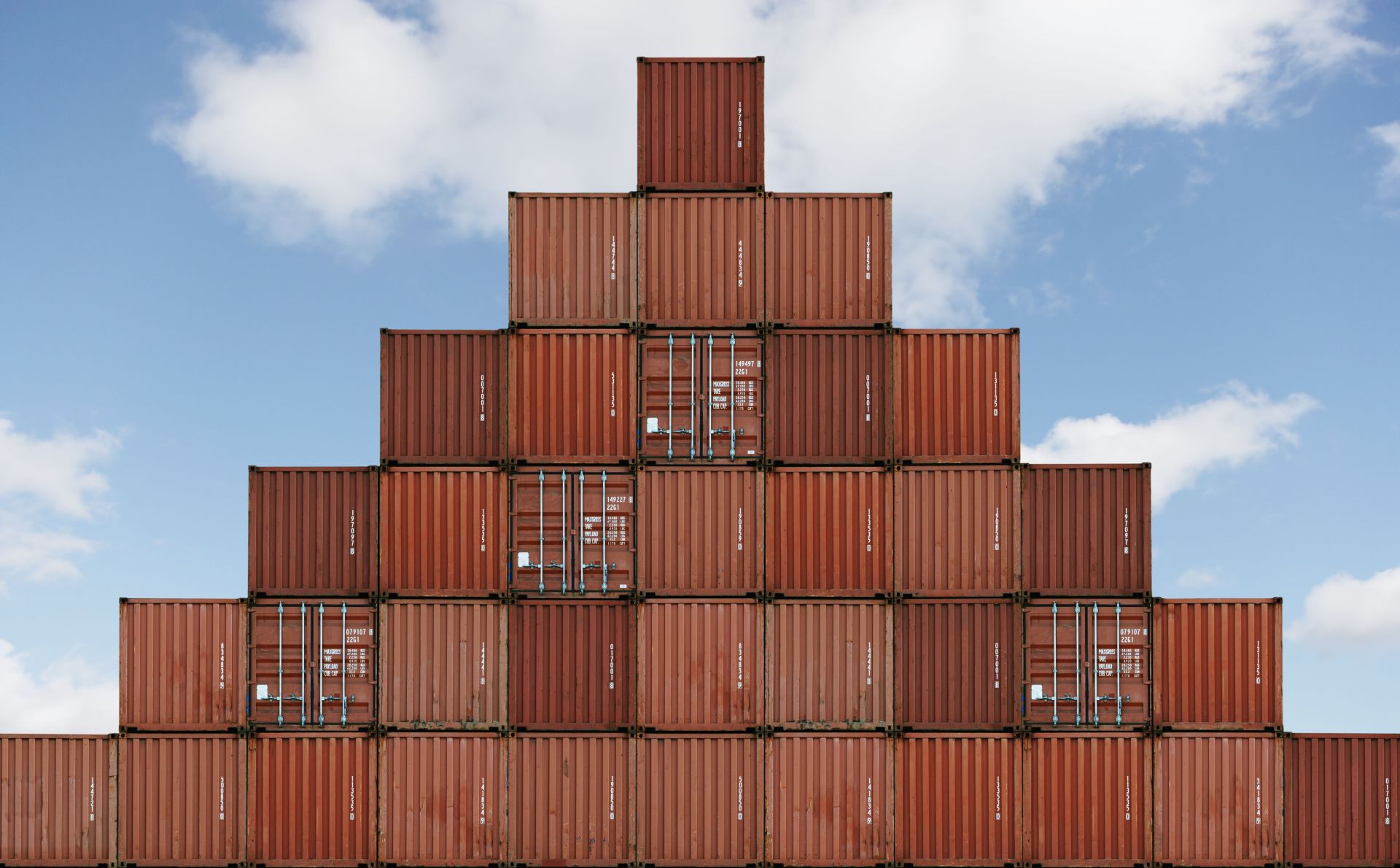Loading containers onto bulk carriers, safely and sustainably.
While bulk carriers aren’t designed to carry containerised cargo, the right modifications can make it possible for them to do so safely. With a number of bulk carrier owners and operators exploring this near-term commercial opportunity, Hasan Ocakli, Global Head of Hull Structures at Lloyd's Register, discusses the need for safety and sustainability.
The container shipping market remains on a strong trajectory. While actual demand has grown by only a small amount compared to pre-pandemic levels – around 4% across the first half of the year1 – spot rates remain high due mainly to increased congestion on land and at sea. With some carriers suggesting that a 25% increase in fleet capacity is needed to maintain current shipping levels2, an opportunity has emerged for anyone willing to modify their vessels to accommodate container loads.
This opportunity is particularly relevant for the bulk carrier segment. While bulk carriers are fully laden on their outbound leg, they typically return either empty or carrying a minimal load. By taking on even a small number of containers, that homeward leg can go from a zero-revenue exercise to one that generates significant returns.
Bulk carriers, of course, are not traditionally designed for container loading. And while some operational and commercial complexities exist, the primary challenge surrounds the safe stowage of these containers onto vessels not designed to carry them. In most cases this will require considerable modification.
Operators are therefore keen to understand precisely what their vessels’ container carrying capacity could be, what remedial work is needed to ensure safe stowage and how these changes will affect the long-term performance of their vessel. Naturally, they also want to know whether the potential revenue will outweigh any costs.
When advising operators on this challenge, we look at the following areas in particular detail:
Stability
Stability requirements differ depending on whether containers will be loaded on deck or into the holds. At a basic level, deck loading requires the intact GM limiting curves to be recalculated in order to account for the additional wind profile area(s) from deck cargoes. Both the Stability Information Booklet (SIB) and the loading computer software must then be updated with the new curves and deck load characteristics.
For vessels carrying containers in holds only, a pair of loading conditions (departure and arrival) with maximum stowage is sufficient. The attending Surveyor can endorse the SIB, and no update to the loading computer is required so long as the existing software offers the ability to load additional deadweight items.
Strength
Supporting structures for containerised cargoes – the inner bottom, exposed deck, hatch covers, hopper and topside, and bulkheads – must all be examined in accordance with the intended maximum stack load. The container securing arrangement will also need to be reviewed, with lashings and loose and fixed fittings able to prevent both container movement and load distribution or spreading.
Mooring and towing lines should be selected based on the side projected area of containers, and the vessel’s stowage locations must demonstrate the required structural strength.
Container arrangement
Since bulk carriers are not designed for carrying containers, ensuring that they are loaded securely is of fundamental importance. Arrangements must adhere to the Cargo Securing Arrangements of the Ship Rules, and in consideration of ship motions for a bulk carrier.
Some of the most important aspects to address include weight distribution, permissible stack height and stack weight, the use of stackers, twistlocks, base-locks, and bridge fittings, and the height of the stack and its clearance from the hatch cover. Buoyancy forces must also be taken into account to ensure that flooding is adequately prepared for.
Fire & safety
A Cargo Safe Access Plan will need to be prepared and submitted if a standardised securing system is to be used, navigation bridge visibility must be evaluated, and the arrangement of navigation lights must be compliant with COLREG 72.
In addition, operators must prove the existence of safe passage for the crew when containers are loaded to the upper deck, and that stowage adheres to the Document of Compliance for the Carriage of Dangerous Goods if any hazardous materials are to be brought onboard. The fire control plan – and presence of fixed fire extinguishing arrangements – must also be reviewed.
It must be noted that the information presented above is a heavily simplified version of the full requirements. However LR conducts a full evaluation of a vessel and its specific trade requirements in order to co-certify it for use in container operations.
Crucially, this is something that can now be done both remotely, and within a matter of weeks – ensuring that bulk carrier operators can make a quick, informed, and confident decision about how best to pursue the commercial opportunity in the container segment.
1. "Global demand isn’t booming. So why are shipping rates this high?" – Freightwaves, 6th August 2021.
2. "Africa the big loser as global liner patterns shift to focus on more profitable east-west tradelanes" – Splash24/7, 4th August 2021
For more information on how LR can help read our Class News 14/2021.








